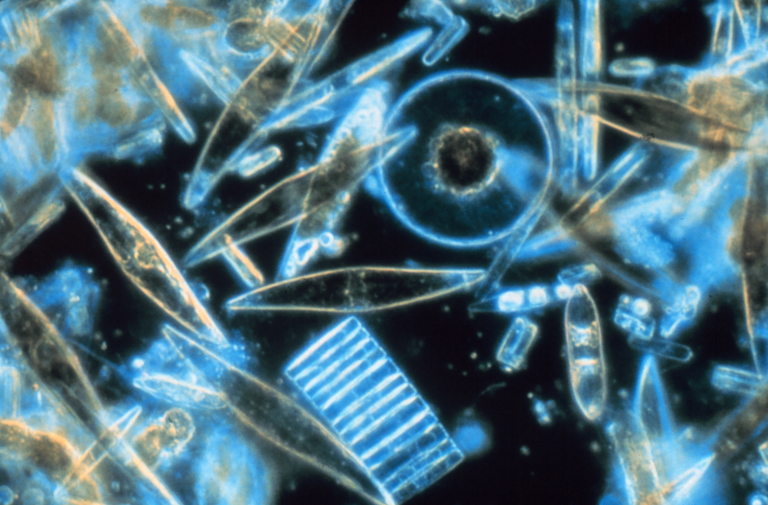Introduction
Climate change is multifaceted. It has long been certain that CO2 emissions are altering the atmosphere, causing heating and disequilibrium — but it is also clear that CO2 is far from the only culprit, or that the Greenhouse effect is the only negative feedback cycle driving the temperature up. Methane emissions, Ice albedo decline, and ocean acidification are all components of Climate breakdown. Widely acknowledged, but also less understood.
However, the story of climate breakdown continues to evolve. The more scientists study its effects and causes, the more ways they find human activity is forcing disequilibrium. Likewise, the more ways in which they find nature is now producing feedback mechanisms outside of our control. This article is a part of a series of summaries of some of these newer findings, and brief explanations of their mechanisms.
Though all findings here are backed up by peer-reviewed science, none are beyond reproach. Most are relatively new discoveries, and open to further study. Hopefully, the dangers outlined in these new components of climate breakdown will turn out to be less severe than predicted. But if they are exacerbated beyond safe levels, we may truly have opened Pandora’s box.
Ocean Surface Microlayer Breakdown
The greenhouse effect is what regulates the temperature of our planet. It helps retain the Sun’s heat and keeps the planet habitable, but excessive greenhouse gases (GHGs) in the atmosphere can drive rapid global warming. Excess anthropogenic CO2 is currently the main driver of global warming, but only the second most important factor in how much of the Sun’s energy is retained, and at least 75% of the greenhouse effect is regulated by ocean-derived water vapor in the atmosphere.
In new research by Diane Duncan & Howard Dryden, they show the GHG effect of oceanic water vapor is regulated by a thin surface microlayer that covers the ocean. This micro-layer is a living film, composed of lipids and surfactants produced by phytoplankton in the ocean. This film regulates evaporation, slowing heat transfer from the ocean to the atmosphere. In doing so, it creates clouds and aerosols that help further regulate the earth’s temperature by increasing our planetary albedo — whereby bright clouds reflect more sunlight back into space than the dark, absorbent oceans they overlay. This microlayer is incredibly important to the regulation of atmospheric water vapor and its effect as a greenhouse gas.
However, this layer is being severely damaged by human pollution, with microplastics, black soot, and toxic ‘forever chemicals’ being the main culprits. Worse, this layer actively attracts these pollutants. Their concentration in the microlayer is 500X greater than concentrations in the water below, and these pollutants do not evenly disperse over time. Not only do these pollutants directly damage the microlayer, but are toxic to the phytoplanktons that produce it, and over time degrade the ability of these microorganisms to replenish the microlayer. With fewer phytoplankton, the ocean’s carbon cycle is less vigorous, and the absorbed carbon that would have been sequestered instead contributes to lowering ocean pH. These more acidic oceans again damage phytoplankton, causing dangerous feedback cycles that slowly degrade the source of the ocean’s surface microlayer.
With the breakdown of the surface microlayer, the steady greenhouse effect of atmospheric water vapor could be dangerously disrupted, potentially dwarfing the warming effects of CO2. More terrifying still, the effect of Microlayer disruption has so far been left out of climate models, but could be the most significant driver of climate breakdown in the coming decades. If the research is correct and we did suffer a total breakdown of the microlayer, even massive carbon emissions mitigation would do little to staunch the earth’s climate unraveling. The full gravity of the situation is summed up in the authors concluding remarks:
“Failure to act now to reduce carbon dioxide emissions and eliminate pollution will result in the loss of the SML layer… The consequences will be higher temperatures, torrential rainstorms, and more frequent and stronger winds, even if we achieve net zero for carbon by 2050.”
Teaser photo credit: Phytoplankton (diatoms under the microscope, one of the most common types of phytoplanton. By Prof. Gordon T. Taylor, Stony Brook University – corp2365, NOAA Corps Collection, Public Domain, https://commons.wikimedia.org/w/index.php?curid=246319





